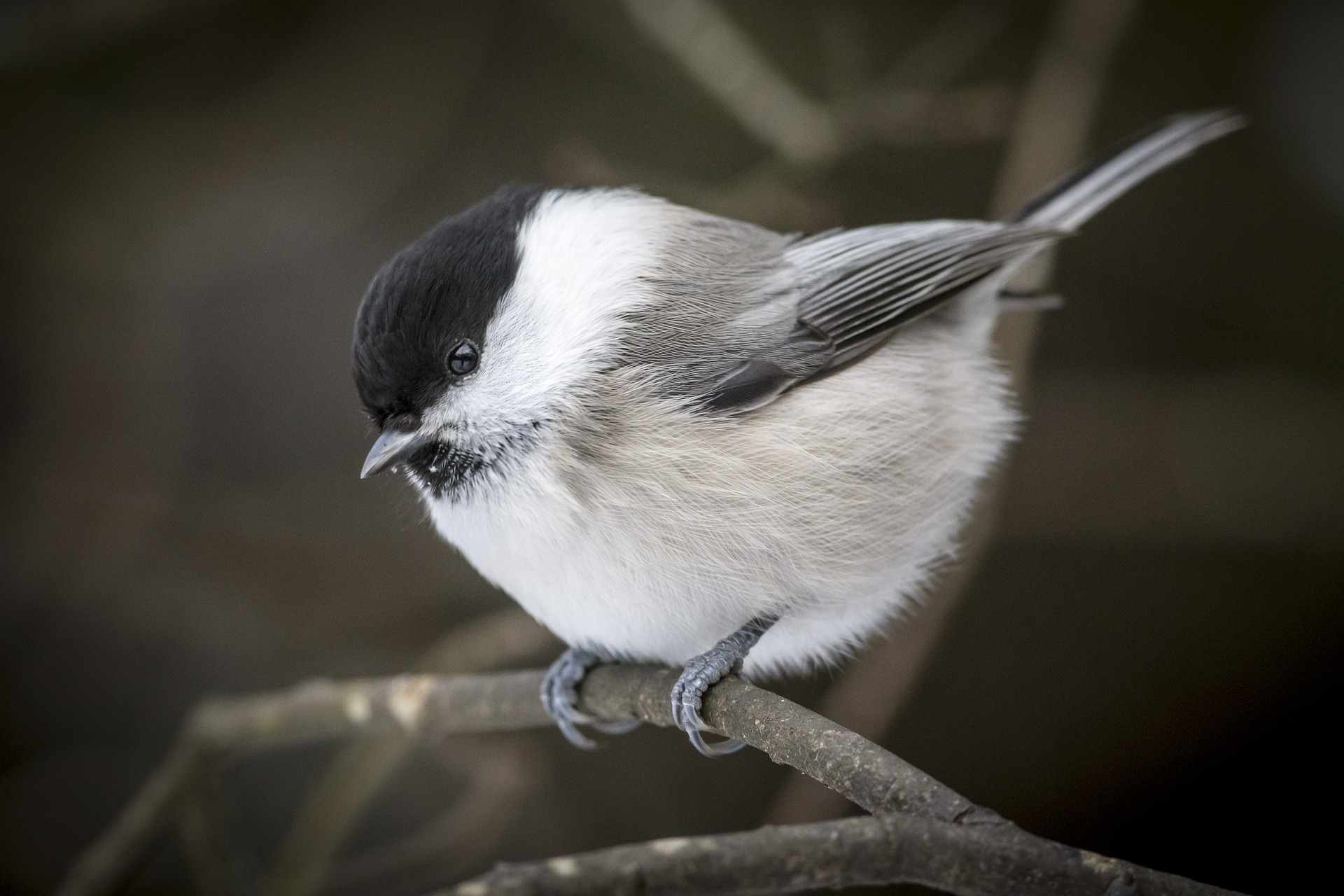The willow tit (Poecile montanus) is a small songbird belonging to the family Paridae, which also includes chickadees and tits. Here are some key features and characteristics of the willow tit:
- Appearance: Willow tits are small birds with a round body and short tail. They have a distinctive black cap that extends down to the eyes and contrasts with their white cheeks and throat. Their upperparts are grayish-brown, while their underparts are whitish with buffy flanks. They have a short, stout bill and are similar in appearance to the marsh tit, with which they were once considered the same species.
- Distribution: Willow tits are found across Europe and parts of Asia, with their range extending from the British Isles and Scandinavia in the west to Siberia and Japan in the east. They inhabit various types of woodland and forest habitats, including deciduous and mixed forests, as well as scrubland and parks.
- Habitat: Willow tits prefer damp and dense habitats with plenty of shrubs and trees, especially willows and alders, from which they derive their name. They are often associated with wetlands, riverbanks, and marshy areas, where they forage for insects and seeds.
- Diet: Willow tits are omnivorous birds with a diverse diet. They feed primarily on insects, including caterpillars, beetles, and spiders, especially during the breeding season when they need to provide protein-rich food for their young. They also eat seeds, nuts, berries, and small fruits, particularly in the winter months when insect prey is scarce.
- Behavior: Willow tits are active and agile birds that move quickly through the canopy and understory of trees and shrubs in search of food. They may also visit bird feeders, especially in winter, where they consume seeds and suet. They have a variety of vocalizations, including a loud “see-saw” call and a trilling song.
- Breeding: Willow tits typically nest in tree cavities or old woodpecker holes, often lining the nest with moss, feathers, and other soft materials. The female lays a clutch of eggs, usually ranging from 6 to 10 eggs, and both parents participate in incubating the eggs and caring for the young.
- Conservation: While the global population of willow tits is considered stable, they have undergone declines in some regions due to habitat loss and fragmentation. Conservation efforts aimed at preserving and restoring their preferred wetland and woodland habitats are important for maintaining healthy populations of this species.
Overall, the willow tit is a charming and adaptable bird species with a distinctive appearance and behavior, making it a favorite among birdwatchers and nature enthusiasts.
Views: 21
Subscribe to the newsletter:
